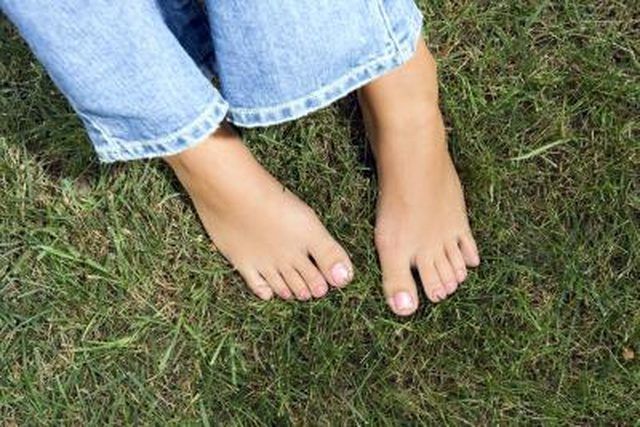Bulbs
Flower Basics
Flower Beds & Specialty Gardens
Flower Garden
Garden Furniture
Garden Gnomes
Garden Seeds
Garden Sheds
Garden Statues
Garden Tools & Supplies
Gardening Basics
Green & Organic
Groundcovers & Vines
Growing Annuals
Growing Basil
Growing Beans
Growing Berries
Growing Blueberries
Growing Cactus
Growing Corn
Growing Cotton
Growing Edibles
Growing Flowers
Growing Garlic
Growing Grapes
Growing Grass
Growing Herbs
Growing Jasmine
Growing Mint
Growing Mushrooms
Orchids
Growing Peanuts
Growing Perennials
Growing Plants
Growing Rosemary
Growing Roses
Growing Strawberries
Growing Sunflowers
Growing Thyme
Growing Tomatoes
Growing Tulips
Growing Vegetables
Herb Basics
Herb Garden
Indoor Growing
Landscaping Basics
Landscaping Patios
Landscaping Plants
Landscaping Shrubs
Landscaping Trees
Landscaping Walks & Pathways
Lawn Basics
Lawn Maintenance
Lawn Mowers
Lawn Ornaments
Lawn Planting
Lawn Tools
Outdoor Growing
Overall Landscape Planning
Pests, Weeds & Problems
Plant Basics
Rock Garden
Rose Garden
Shrubs
Soil
Specialty Gardens
Trees
Vegetable Garden
Yard Maintenance
When to Plant K-31 Fescue
When to Plant K-31 Fescue. K-31 fescue is the most common variety of tall fescue available for lawns. K-31 is durable and drought tolerant, a cool-season grass that greens up early and stays green well into the fall.

K-31 fescue is the most common variety of tall fescue available for lawns. K-31 is durable and drought tolerant, a cool-season grass that greens up early and stays green well into the fall.
When to Seed
September is the best time to plant or over-seed with K-31 fescue. Planting can be done in spring, but success is less likely because there will be competition with weeds. Young fescue seedlings may also be under stress during the warmer summer temperatures.
Seed Establishment
After applying the seed, keep the area moist for the subsequent three weeks. After that, apply approximately 1 inch of irrigation per week, if it is not available from rainfall. Young seedlings benefit from an application of nitrogen at a rate of 1 pound per thousand square feet.
Other Considerations
K-31 fescue is a course-bladed grass that can be difficult to mow. There can be a higher content of weed seed in bags of K-31 than with other types of lawn seed. Since the 1970s, newer varieties of turf-type tall fescue have been developed that are generally considered superior to K-31.